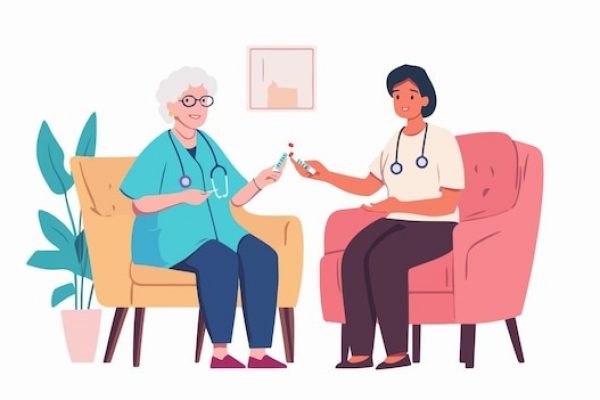Home health agencies operate in a high-stakes environment where every billing error, denied claim, or delayed reimbursement can disrupt cash flow and patient care.
With evolving regulations, complex payer requirements, and increasing administrative burdens, mastering revenue cycle management (RCM) isn’t just an option—it’s a necessity.
Whether you’re struggling with claim denials, inefficient documentation, or compliance pitfalls, this Cadence Collaborative’s guide will walk you through the essential strategies to optimize your home health billing.
From streamlining coding accuracy to leveraging automation, we’ll explore practical solutions that ensure faster reimbursements, reduced write-offs, and a healthier bottom line.
What Is Home Health Billing?
Home health billing is the process of getting paid for the care provided to patients at home. It’s not as simple as sending a bill and collecting a check.
Every claim needs to follow strict rules from Medicare, Medicaid, and private insurance companies. If anything is off—codes, documentation, timing—the claim gets denied, and payment gets delayed.
Home health agencies deal with complex paperwork, evolving regulations, and different payers, each with its own rules. Unlike hospital billing, which is more standardized, home health billing is full of gray areas, audits, and constant changes.
That’s why so many agencies struggle to get paid on time and in full.
Why Do So Many Home Health Claims Get Denied?
Billing mistakes slow down cash flow and cause stress. Here’s why claims get denied:
- Missing or wrong patient info – Even a small typo can cause rejection.
- Incorrect coding – If the diagnosis or treatment codes don’t match, the claim won’t go through.
- Late submissions – Many payers have strict deadlines, and if you miss them, you won’t get paid.
- Documentation issues – If clinical notes don’t back up the claim, it’s a red flag for auditors.
- Insurance verification failures – If coverage isn’t confirmed upfront, you could be treating a patient without reimbursement.
These mistakes cost agencies thousands of dollars every year. The good news? They’re fixable.
RAP & NOA Submissions in Home Health Billing
Home health agencies used to rely on Requests for Anticipated Payment (RAPs) to get early Medicare reimbursements. That changed in 2021 when RAPs were phased out and replaced with the Notice of Admission (NOA).
The NOA must be submitted within five days of the first visit to avoid penalties. If it’s late, Medicare reduces payment by 1/30th of the total reimbursement for each day it’s delayed. This can add up fast and seriously hurt cash flow.
To avoid late NOA submissions, agencies need a structured intake and billing workflow. Medicare allows only one NOA per patient per home period of care, so accuracy is key.
Agencies must ensure that patient details, insurance information, and admission data are correct before submission.
At Cadence Collaborative, we help agencies stay compliant with NOA requirements, ensuring submissions are timely and error-free.
How PDGM Affects Home Health Billing
The Patient-Driven Groupings Model (PDGM) changed how Medicare reimburses home health agencies. Before PDGM, agencies were paid based on the number of therapy visits provided. Now, payments are based on patient conditions, functional abilities, and referral source.
PDGM splits home health episodes into 30-day billing periods, requiring agencies to closely track documentation and coding. Payments are influenced by five factors:
- Admission source (community vs. institutional)
- Clinical grouping (why the patient needs care)
- Functional impairment level
- Comorbidities
- Timing of care (early vs. late periods)
One major financial risk under PDGM is Low Utilization Payment Adjustment (LUPA). If a patient receives fewer than a set number of visits in a 30-day period, Medicare significantly reduces the payment.
Agencies must carefully plan patient visits to avoid unnecessary revenue loss.
At Cadence Collaborative, we help agencies navigate PDGM by optimizing coding, visit scheduling, and documentation to ensure they receive full reimbursement.
The Role of Face-to-Face (F2F) Encounters in Billing
Medicare requires a Face-to-Face (F2F) encounter before approving home health services. A physician, nurse practitioner, or physician assistant must evaluate the patient and document why home health care is needed.
This visit must occur within 90 days before or 30 days after home health services begin.
If F2F documentation is incomplete or missing, Medicare won’t pay for home health services. This is a common reason for claim denials.
Many agencies struggle with getting physicians to provide detailed, compliant F2F documentation, leading to unnecessary delays.
How LUPA Affects Home Health Agencies
The Low Utilization Payment Adjustment (LUPA) is a major challenge for home health agencies.
Under PDGM, if a patient receives fewer than the required visits in a 30-day period, Medicare pays a significantly lower rate.
LUPA thresholds vary based on the patient’s diagnosis and care needs. If an agency doesn’t plan visits carefully, they risk getting underpaid despite providing quality care.
Managing LUPA means ensuring:
- Proper visit scheduling to meet the required thresholds
- Accurate documentation to justify additional visits
- Proactive case management to adjust care plans as needed
At Cadence Collaborative, we help agencies analyze patient needs, schedule visits effectively, and avoid unnecessary revenue loss from LUPA adjustments.
How to Verify Insurance Before Treatment Begins
One of the biggest mistakes agencies make is assuming a patient’s insurance will cover services.
Without verification, agencies risk providing care that won’t be reimbursed. It’s important to check a patient’s eligibility before the first visit, confirm what services are covered, and find out if prior authorization is needed.
Manual verification is time-consuming and prone to errors. Many agencies now use automated verification systems to speed up the process and reduce mistakes.
How to Fix Home Health Billing and Get Paid Faster
One of the biggest billing problems comes from treating patients before confirming their coverage. Always check:
- If the patient is covered by Medicare, Medicaid, or private insurance.
- What services are included and what are not.
- If prior authorization is needed.
Doing this before treatment prevents delayed payments and unpaid claims. Many agencies use automated insurance verification tools to speed up this process.
How to Fix Documentation Issues
Billing only works if documentation is solid. Every visit needs clear, complete, and accurate records. The most common documentation mistakes include:
- Missing physician signatures – No signature, no payment.
- Inconsistent OASIS assessments – If assessments don’t match services billed, Medicare will flag them.
- Vague visit notes – “Patient doing well” isn’t enough. Notes need to show why care was necessary.
Train your team to document everything correctly the first time. Many agencies also use software that flags missing details before a claim is submitted.
How to Use the Right Billing Codes
Coding errors lead to claim rejections. Home health agencies need to use:
- ICD-10 codes for diagnoses.
- CPT codes for specific treatments.
- HCPCS codes for medical equipment.
Using the wrong code or forgetting a modifier can delay or deny a claim. Many agencies use billing software that auto-checks codes before submission to catch errors early.
How to Submit Claims the Right Way
Paper claims are slow and outdated. Submitting claims electronically is faster and reduces errors. Most payers, including Medicare, prefer electronic billing because it:
- Speeds up processing times.
- Reduces rejection rates.
- Provides tracking to see claim status in real-time.
If your agency still relies on manual billing, it’s time to switch to electronic claims submission.
Prevent and Appeal Denied Claims
Even with a great process, some claims will still get denied. When this happens:
- Check the denial reason – Most payers will tell you why the claim was rejected.
- Fix the issue – If it’s a coding mistake, documentation error, or missing info, correct it.
- Resubmit the claim quickly – Don’t wait too long, as some payers have strict deadlines for appeals.
Tracking denial trends can help prevent future mistakes. If certain codes or documentation issues keep coming up, it’s a sign that the process needs improvement.
How to Make Home Health Billing Even Better
The home health industry is changing fast, and billing is no exception. Agencies that keep up with new technology, regulations, and best practices will get paid faster and reduce claim denials.
Some key trends shaping the future of home health billing include:
- AI-powered billing software – Automates coding and detects errors before claims go out.
- Real-time analytics – Helps agencies see where cash flow problems start and fix them quickly.
- Stricter Medicare audits – Agencies need to be more careful than ever with documentation.
Staying ahead of these trends will protect revenue and keep billing efficient.
Should You Keep Billing In-House or Outsource?
Some agencies handle billing themselves, while others outsource to revenue cycle management (RCM) companies. Both options have pros and cons.
- In-house billing – Gives full control but requires skilled staff and constant training.
- Outsourced billing – Reduces workload but adds a service fee.
Some agencies use a hybrid model, keeping simple claims in-house while outsourcing complex cases.
The best choice depends on staff expertise, claim volume, and cash flow needs.
How to Keep Improving Your Billing Process
Billing isn’t a “set it and forget it” process. It requires constant adjustments to stay efficient. Agencies that want to keep cash flow strong should:
- Track key metrics – Claim approval rates, reimbursement times, and denial reasons.
- Train staff regularly – Medicare and private payer rules change often.
- Use billing technology – Manual processes lead to delays and errors.
A well-run billing system means faster payments, fewer denials, and less stress. Making small improvements can have a big impact on an agency’s financial success.
At Cadence Collaborative, we provide customizable billing solutions, allowing agencies to outsource fully or partially based on their needs.
Final Thoughts
Home health billing is complex, time-sensitive, and always changing. Agencies need to stay compliant with NOA deadlines, optimize reimbursements under PDGM, manage LUPA thresholds, ensure accurate coding, and track Face-to-Face (F2F) documentation—all while delivering top-quality patient care.
Handling these challenges in-house requires a highly trained billing team, constant payer policy updates, and advanced tracking systems.
Without the right support, agencies face delayed payments, claim denials, compliance risks, and lost revenue. That’s where Cadence Collaborative comes in.
At Cadence Collaborative, we take the stress out of home health billing. Our team of RCM experts, certified medical coders, and denial management specialists ensures your agency gets paid faster and in full.
We provide:
- Full-service billing and coding solutions tailored to home health agencies
- PDGM optimization strategies to help you maximize reimbursement
- Denial tracking and claims follow-up to recover lost revenue
- Insurance verification and NOA management to prevent delays
- Compliance monitoring and audit support to keep your agency protected
With our advanced billing technology and industry expertise, we help agencies eliminate billing errors, reduce denials, and accelerate cash flow. Whether you need full outsourcing or just targeted support, our solutions are designed to fit your agency’s needs.
Let’s build a better revenue cycle together. Partner with us and focus on what matters most—delivering exceptional patient care while we handle the billing.
Contact us!📞 Contact us today to learn how we can improve your home health agency’s billing and revenue cycle management.






